
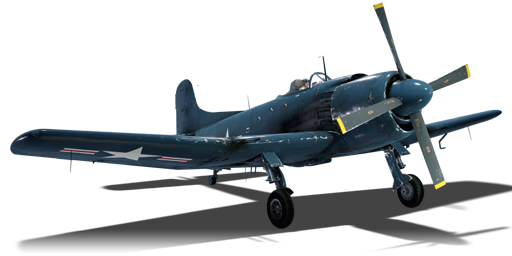


The Martin AM Mauler was a single-engine carrier-based attack aircraft built for the United States Navy. First ordered during World War II in 1944, it was designed to carry as much payload as possible while being capable of operating on an aircraft carrier. After delays due to engine cooling and stability problems, the Mauler entered service in 1948 aboard carrier air groups. Because of its impressive payload of up to 4.5 tons, the Mauler was initially nicknamed "Able Mable", however this was superseded by the more derogatory "Awful Monster" by its crews. It suffered problems stemming from excessive torque that resulted in the plane being very sluggish to handle, very difficult to land on a carrier (one aircraft even broke its tail during landing due to it being unable to handle its own weight), and its hydraulic fluid which would often leak, thus making it a maintenance nightmare. In the end, the Mauler was what the USN wanted, but not what they needed, and it would be retired just 5 years later, being replaced by the more capable and reliable AD Skyraider.
Introduced in Update 1.89 "Imperial Navy", the AM-1 is a classic American attack aircraft. As typical, it is heavy and cumbersome, yet hard-hitting and versatile, due to the weapons it can carry. Don't expect to effectively dogfight in the Mauler as the main purpose of this aircraft is to strike and eliminate the enemy’s ground units. The AM-1 has the option to outfit HVARS and Tiny Tims rockets and bombs of all sizes depending on the targets to be hit. Enemy fighters should be avoided as they will typically be faster, more manoeuvrable, and better equipped for air-to-air combat at which the Mauler is at a significant disadvantage; however, when pressed into air combat, some Mauler pilots may end up working miracles and survive the encounter should they time their turn to face the enemy well enough.
flaps
flaps
flaps
brake
| Belt | Belt filling | Armor penetration (mm) at a distance: | |||||
|---|---|---|---|---|---|---|---|
| 10 m | 100 m | 500 m | 1000 m | 1500 m | 2000 m | ||
| HEF-I/AP-T | 36 | 33 | 23 | 15 | 9 | 6 | |
| AP-T/AP-T/HEF-I/HEF-I | 36 | 33 | 23 | 15 | 9 | 6 | |
| HEF-I/HEF-I/HEF-I/AP-T | 36 | 33 | 23 | 15 | 9 | 6 | |
| AP-T/AP-T/AP-T/HEF-I | 36 | 33 | 23 | 15 | 9 | 6 | |
| HEF-I | 5 | 4 | 3 | 2 | 2 | 2 | |
| Name | Weight | Slot | ||||||||||||||
|---|---|---|---|---|---|---|---|---|---|---|---|---|---|---|---|---|
| 117.9 kg |  |  |  |  |  |  |  |  |  |  |  |  |  |  | ||
| 62.8 kg |  |  |  |  |  |  |  |  |  |  |  |  | ||||
| 242.6 kg |  |  |  | |||||||||||||
| 500.8 kg |  |  |  | |||||||||||||
| 721.2 kg | 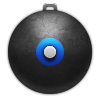 |  |  | |||||||||||||
| 494.4 kg |  |  |  | |||||||||||||
| 996.3 kg | 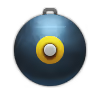 |  |  | |||||||||||||
| 964.8 kg | 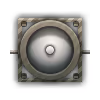 |  |  | |||||||||||||
| 534.2 kg | 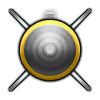 |  | ||||||||||||||












Flight performance | |
|---|---|
Weaponry | ||
|---|---|---|